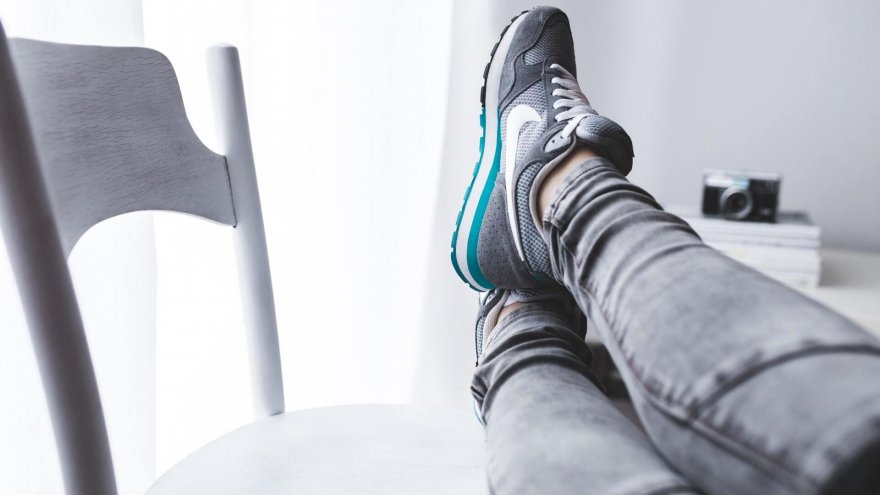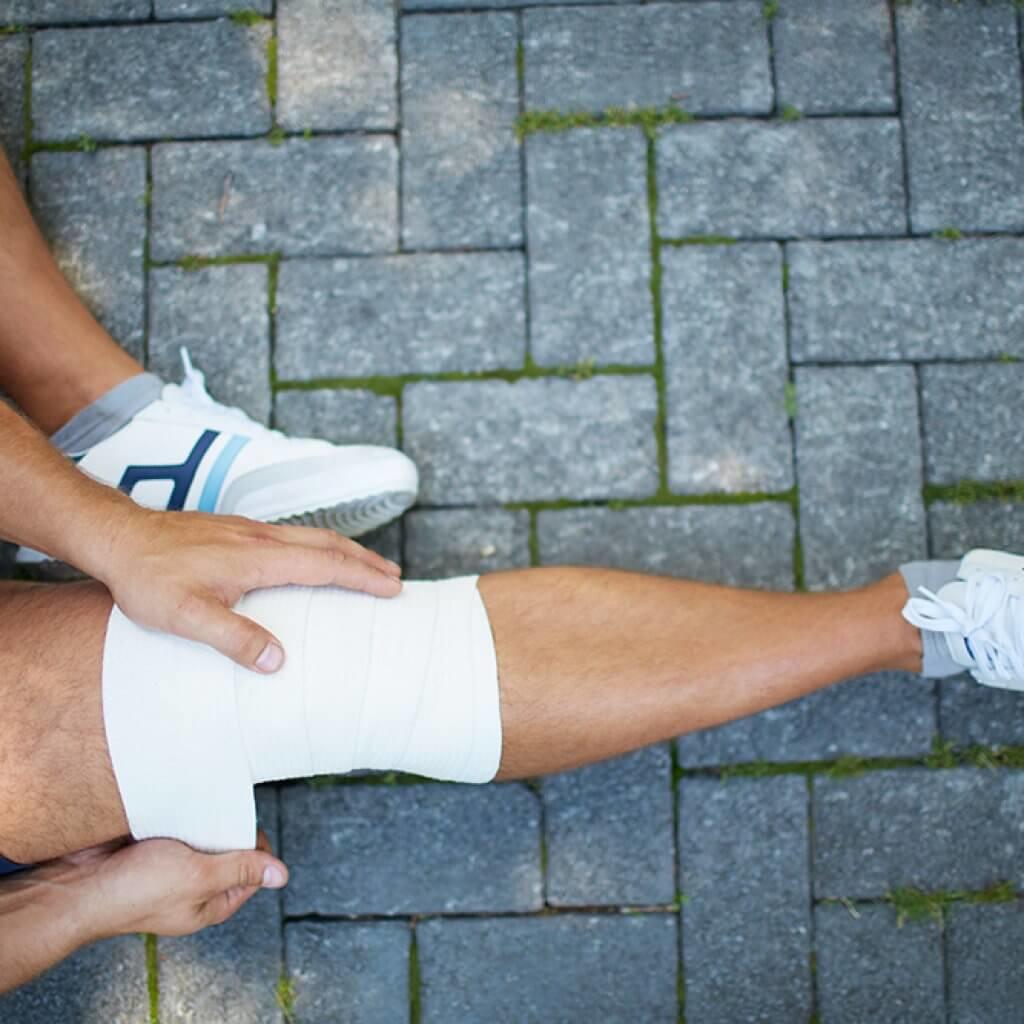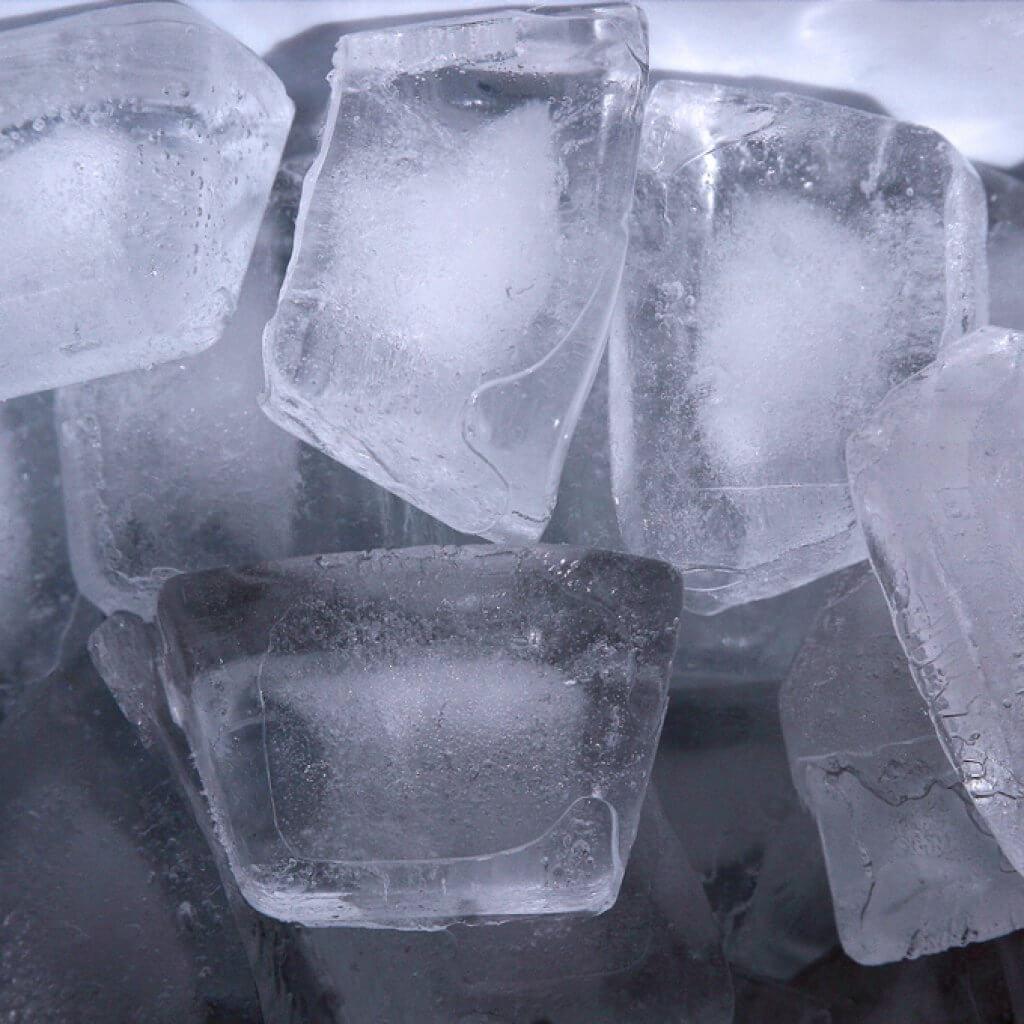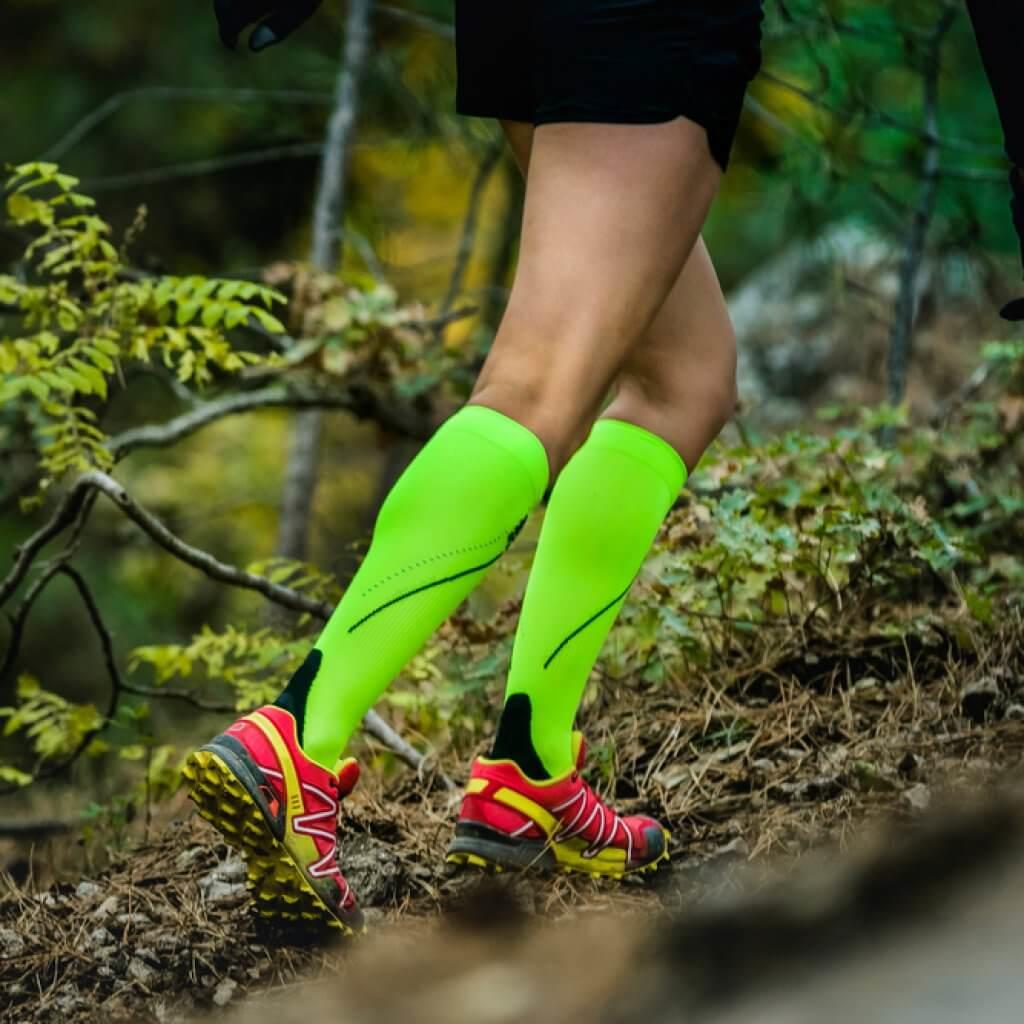Is RICE Still Relevant?

Are you still RICE-ing your injuries? The acronym, created in the 1970s, stands for Rest, Ice, Compression and Elevation. In use for almost half a century and with a burgeoning amount of sports science and medical research and data conducted since then, it is time to revisit RICE to see if the practice still has a place in injury recovery and treatment today.
The History of RICE
Coined by Dr. Gabe Mirkin in his 1978 The Sports Medicine Book, the RICE protocol has been the standard treatment of soft tissue injuries and sore muscles for decades. Obviously, the rest portion of the protocol is to allow injuries to heal without further stress on the injured area. Icing is promoted to reduce swelling and pain and to limit blood flow/blood loss to the injured area. Compression—with an elastic type of bandage—also is indicated to reduce swelling and elevation—preferably above the heart—reduces bleeding, prevents the pooling of blood and increases venous return.
So What Has Changed Since 1978?
The big difference is scientific research. Because there had been no hard evidence to support the use of RICE in the treatment of soft tissue injuries, researchers started to put it to the test. Now, there are 222 studies that focused on the use of RICE in ankle sprains alone. These and many other studies have found that rest and icing are the most questionable parts of the RICE protocol.

Even Dr. Mirkin, the father of RICE, has rethought his position on its use, writing on his web site drmirkin.com, “A summary of 22 scientific articles found almost no evidence that ice and compression hastened healing over the use of compression alone.”
What’s Wrong with Rest?
Ceasing all physical activity until an injury healed was part of the general course of treatment and one of the foundations of RICE. Now, however, research has shown that gentle movement and stretching beginning 48 to 72 hours after injury increases blood flow to the injured area, which in turn, can speed healing.
A 2013 study on ankle sprains, a very common soft tissue injury, published in the Journal of Athletic Training, concluded that, “A static-stretching intervention had the strongest effects on ankle-dorsiflexion improvement after acute ankle sprains. Proper recovery of ankle dorsiflexion is a vital component of ankle rehabilitation.”
The Ice Age May Be Over
Without a doubt, the biggest change in the RICE protocol is the use of ice as a way to promote healing and recovery. Ice is beneficial as a numbing agent to help control pain and its initial use can help stem excessive swelling.
In general though, the extended use of ice stops inflammation, which although was initially thought to beneficial, now has been found to actually slow the healing process.

Inflammation is the body’s response to injury or to viruses and bad bacteria. As part of the inflammatory response, chemicals from white blood cells are released into the blood or the injured tissue to protect the area from foreign invaders. The influx of chemicals into the blood also increases the blood flow to the injured area.
The use of ice constricts the flow of blood to the injured area and in turn halts the influx of protective chemicals. The blood vessels do not reopen for some hours after icing so blood flow to the injured area can be restricted for a long time and can even result in tissue necrosis or nerve damage.
Anything that prevents inflammation may delay the healing process. So, things like non-steroidal anti-inflammatory drugs (NSAIDs), cortisone drugs, or drugs that suppress the immune system such as those given to those fighting cancer or living with arthritis, all prevent inflammation but in so doing, can halt the healing process and may sacrifice short-term benefits for long-term recovery. Although these are not part of the RICE protocol, NSAIDs are often recommended for those suffering from a soft tissue injury. The use of NSAIDs in the recovery of soft tissue injury is highly debatable as most of the studies done to this point have involved research conducted only on animals.
Are Compression and Elevation Still Good Ideas?
Right now, the answer is yes. Compression—with an elastic bandage but not tight enough to restrict blood flow—and elevation—above the heart if possible—both can minimize swelling, especially when done in conjunction. The general rule of thumb is to use compression with an elastic bandage only in the first 24 to 48 hours following an injury. Elastic bandages are only for compression however; they are not meant to be used as supports for an injured joint.
If Not RICE, Then What?
Methods that have been the standard of treatment for decades will be slow to fall by the wayside and RICE certainly still has its proponents.
But, even Dr. Mirkin has rethought his position on RICE. He suggests that if the injury is limited to soft tissue or muscles, compression can be applied. He also suggests that to reduce pain, ice can be applied for up to 10 minutes, removed for 20 minutes and then reapplied for another 10 minutes. He further notes that there is no reason to apply ice to an injury that occurred six hours ago or later.

In some cases, RICE has progressed to PRICE (the P stands for protection). But, a 2012 editorial published in the British Journal of Sports Medicine, proposes instead RICEing or PRICEing, we should be POLICEing. POLICE is an acronym for Protection, Optimal Loading, Ice, Compression, and Elevation. The new additions—protection and optimal loading—are used in conjunction with the ICE protocols described above.
- Protection: Immediately following an injury and during the first few days, you should definitely rest. This rest period may require protective/assistive devices such as slings, crutches, braces, etc. But, during this period, you also can implement some gentle movement and static stretching while still protecting the area from further injury.
- Optimal Loading: These gentle movements and static stretches—or passive range of motion—can then be followed by active range of motion movement and then finally exercises to strengthen the injured area. The progressive “loading” of the injured area can facilitate optimal healing and can prevent delays in returning to normal motion and physical activity that can be caused by joint tightness and muscle atrophy associated with inactivity.
All of these guidelines are for soft tissue damage that doesn’t involve fractures or ligament/tendon damage. If you believe your injury to be severe, seek medical attention as soon as possible following the injury.
Sources
- , Re-evaluting RICE for Ankle Sprains, journal
- , Therapeutic Intervention for Increasing Ankle Dorsiflexion After Ankle Sprain: A Systemic Review, journal
- , Why Ice Delays Recovery, web site
- , Fundamentals of Sports Injury, book
- , Paradigm Shifts: Use of Ice and NSAIDS Post-Acute Soft Tissue Injury, web site
- , PRICE needs updating, should we call the POLICE?, journal
- , The POLICE Principal Emergency Treatment for Acute Injuries, web site
Latest Articles
 Is Running on a Treadmill Easier Than Running Outside?Runners have their own preferences, whether it is treadmill running, running outside on the road, or exploring trails. So...
Is Running on a Treadmill Easier Than Running Outside?Runners have their own preferences, whether it is treadmill running, running outside on the road, or exploring trails. So... Is It OK to Use Trail Running Shoes on the Road?While trail running shoes can be used on roads, especially in situations where a runner encounters mixed terrains or pref...
Is It OK to Use Trail Running Shoes on the Road?While trail running shoes can be used on roads, especially in situations where a runner encounters mixed terrains or pref... How to Fix Sore Quads After Running?Rest, ice, gentle stretching, and over-the-counter pain relievers can help soothe sore quads after running. Also, ensure ...
How to Fix Sore Quads After Running?Rest, ice, gentle stretching, and over-the-counter pain relievers can help soothe sore quads after running. Also, ensure ... 10 Fruits With The Most Electrolytes to Replace Sports DrinksThese fruits are high in electrolytes such as potassium, magnesium, and calcium, essential for hydration, muscle function...
10 Fruits With The Most Electrolytes to Replace Sports DrinksThese fruits are high in electrolytes such as potassium, magnesium, and calcium, essential for hydration, muscle function...

